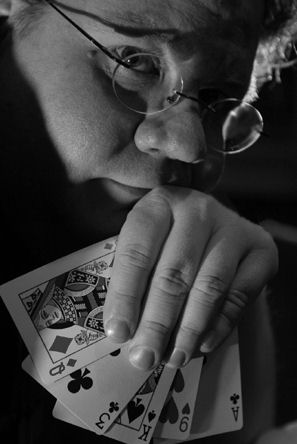Here is a selection from the many great stories about Chicago. A bit of old Chicago history and a bit of eerie history from modern Chicago.
The Sands of Chicago
Early in its history, Chicago was not only a city of neighborhoods, but also of “patches.” Along the river grew up communities of itinerant vagrants, jobless immigrants, criminals, drug addicts, prostitutes, and seasonally unemployed sailors and dockworkers.
The worst was Conley’s patch. Most famously for known for being the place where the Great Fire started. The Tribune called patches like these home to “the most beastly sensuality and darkest crimes.” Following closely behind Conley’s was the Sands.
Dutch Frank and his gang controlled the vice and protection for the patch. Rickety saloons and gambling dens provided shelter to diseased prostitutes. Cockfights, dog races, and dogfights provided additional income along side the crooked card games. Rat killings, where terriers are thrown into a pit with rats and bettors wagered on how quickly the dogs killed their prey, were a nightly amusement.
“Long John” Wentworth, in a campaign of violence, was elected mayor. A rabid nativist, Long John vowed to clean up the foreign defilers that populated the patches. The Sands was targeted. It sat on prime lake land. (Where, ironically, the Tribune building sits today.) When Long John’s friend, William Ogden bought up some of the land, it was time to move.
But they needed a diversion; to go up against Dutch Frank would cause too much bloodshed. Mayor Wentworth secretly organized a dogfight between Dutch Frank’s best dog and a dog owned by Bill Gallagher, a butcher, for the prize of $250.
On April 20, every able-bodied man in the Sands went to Brighton Racetrack to support their boss. Moments later, Long John and Ogden moved in.
They came with teams of horses, chains, and hooks. Shanty by shanty, they tore down the Sands. They crowd of spectators turned to looting the crumbled homes and soon to be crumbled homes. When the dogfight crowd returned late in the afternoon little remained of their slum.
Long John Wentworth and William Ogden completed the most dramatic land grabs in the history of Chicago. The residents of the Sands had a last laugh when they simply moved south of the river and went back to business.
Northerly Island
In 1909 Daniel Burnham had developed the great plan of Chicago. It was not to be. The only piece of his grand vision to be created was Northerly Island. It is a man-made island which was to be the northern most is a string of islands stretching between Grant and Jackson parks.
Technology would change it. In 1910, first airplane flight in Chicago foreshadowed its future. By 1918, it was clear that Grant Park couldn’t handle the regular mail service and Chicago must have an airport. In 1920 plans passed and in 1922 construction started.
The Depression and World War II delayed plans and, in between, Northerly Island hosted the 1933 World’s Fair. Finally after the Great War, in 1948, a single runway airport opened on Burnham’s island. A few years later, Northerly Island was rechristened Meigs Field.
It quickly became an important connection for medical flights, including emergency transport and transplant shuttles. Many businesses used the airport for convenient access to downtown offices.
Of course, many Chicagoans believed Meigs was also a playground for the rich and privileged. Those who can afford private planes. Meigs Field broke the long standing court approved local dictum that the lakefront must be kept “free and clear” for all the peoples of Chicago.
March 30, 2003 Mayor Daley (Boss Daley the Younger) beating a populist drum and waving a banner of Chicago safety ordered the destruction of Meigs. He said, after 9/11 that Chicago was no longer safe with an airport near its heart and, as stated previously, that the airport was a playground for the rich and not for the people of Chicago.
In the dark of night, construction crews snuck into the airport and carved giant Xs into the runway leaving 16 planes stranded. This was an illegal act. Chicago was fined and had to return millions in misappropriated federal funds.
Despite various lawsuits Meigs has been complete destroyed. Slowly it is being replaced by a private concert venue (perhaps another pocket filling project for the cronies of Mayor Daley) and public parkland.
Winston Churchill once said, “The farther backward you can look, the farther forward you are likely to see.”
Subscribe to:
Post Comments (Atom)

4 comments:
Great post, Bill. What year was Long John's raid of The Sands?
Ashbury's "Gem of the Prairie" cites the Chicago Tribune from
1957.
Thanks for the comment.
Wow! I would have guessed it was much longer ago. Thanks for the clarification.
I meant 1857. sorry.
Post a Comment